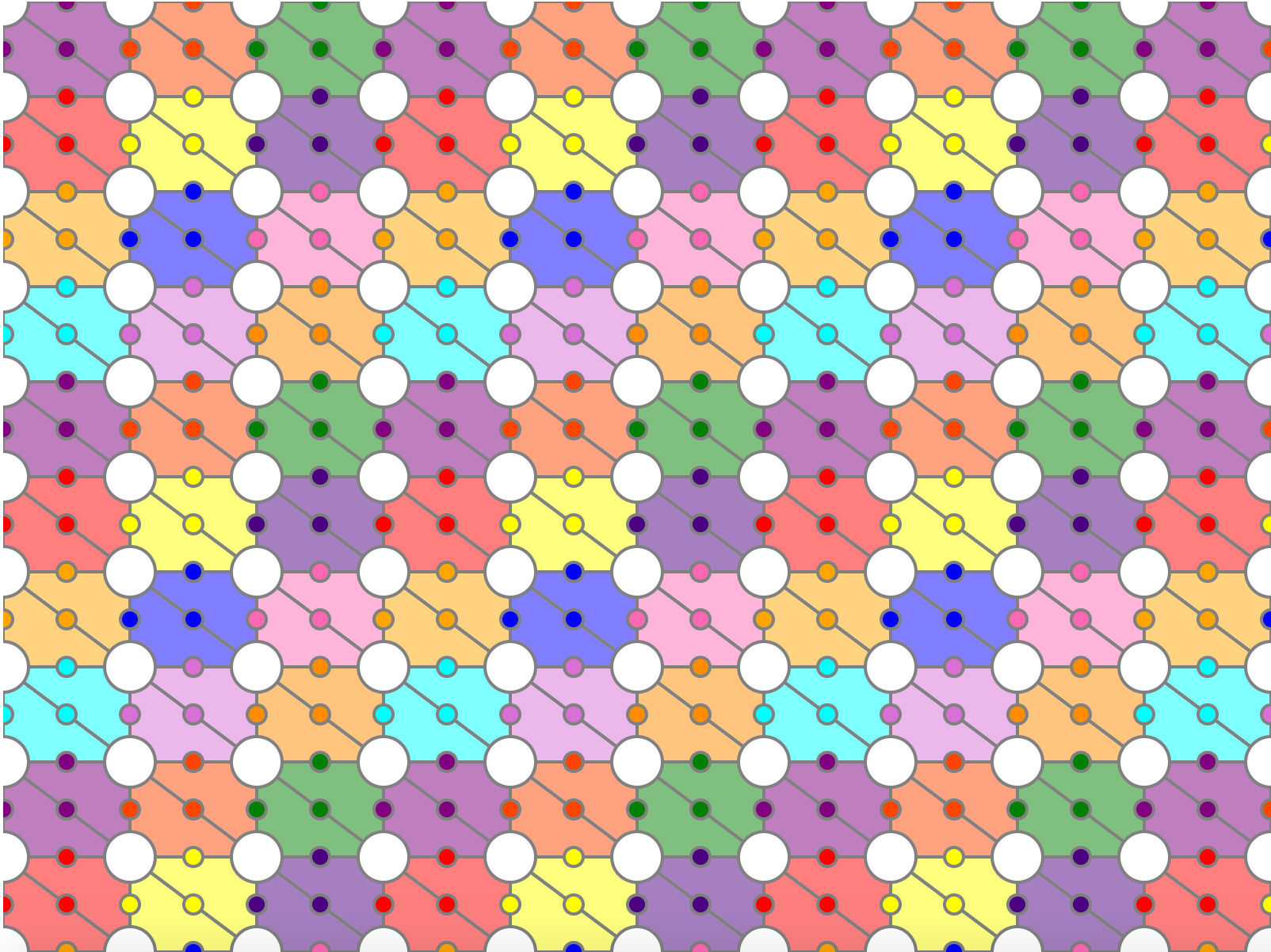1. Rooted in understanding the fundamentals of music literacy:
by learning about how we think, through music metacognition and musical-thinking, and through creating/constructing musical concepts through student-oriented discovery.
2. Interdisciplinary:
making use of colors, geometry, drawing, visual and physical space.
3. Applied literacy:
student-driven reading and creating through constructivism, additive learning, and play-oriented learning activities.
4. Interactive and adaptable:
to the individual’s learning process, needs, and interests. Gnotes™ works well for neurodivergent learners and learners with special needs. It is also highly adaptable to in-person and online teaching.
5. Geared towards creative thinking:
congruent audiovisual training engages multiple-literacies with which students can play, create, and share.
6. Applicable to all instruments.
And isn’t that great?






![2 Octave Printable Colored Piano Chart [to scale] - Keyboard+grand staff with instructions](https://images.squarespace-cdn.com/content/v1/5f24856ca7734233efba6ec6/1596424310981-5K55KT6YXFP49NSCUB28/2+Octave+Printable+Piano+Chart+%5Bto+scale%5D+-+Keyboard%2Bgrand+staff+in+treble+clef+%28Right+hand%29+%28With+Watermark%29.jpg)